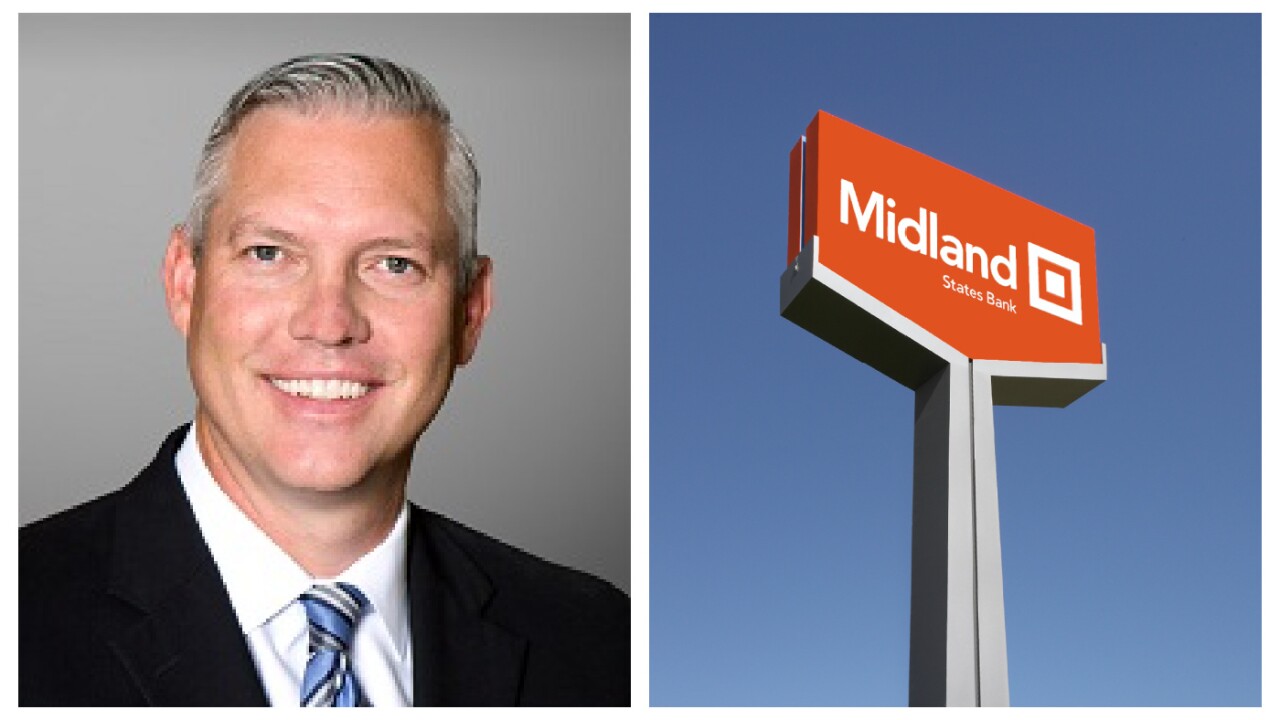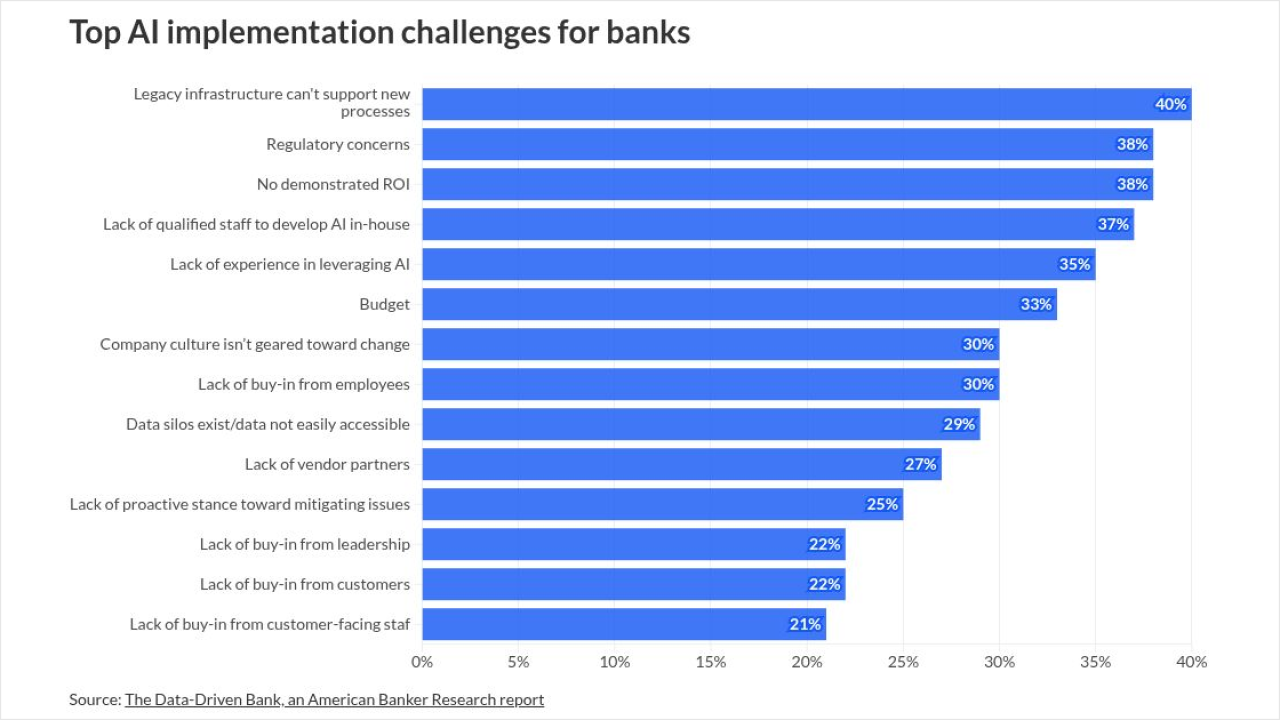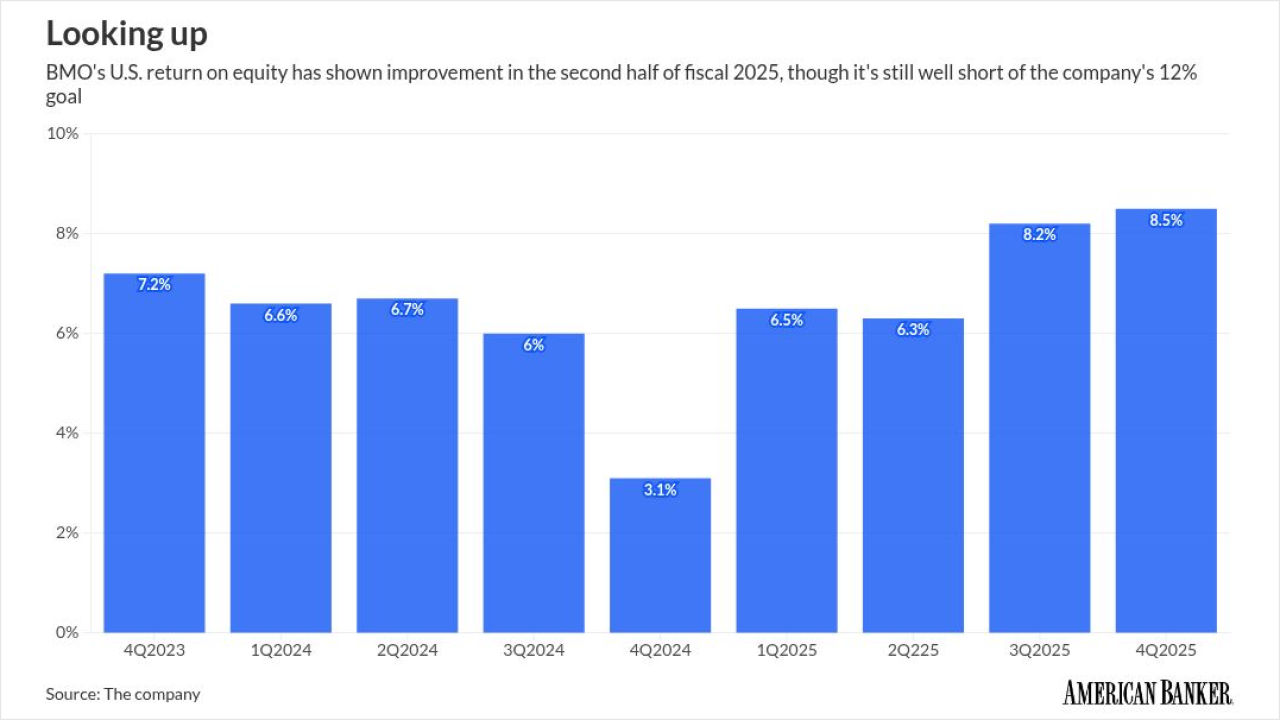
(Bloomberg) --
The disclosure was made in the bank's latest climate report published Thursday and is based on initial results from its so-called net zero review template, which focuses on clients' preparedness for the low-carbon transition.
While 42% of energy clients have a "low" transition-plan alignment based on an assessment of their direct and indirect emissions, a further 29% have a "medium-low" score, meaning they have a high-level climate plan but it's unclear whether they'll be able to execute it,
With the movement to clean energy under way in most industries, banks are paying closer attention to their clients' plans. Most major banks, including
According to researchers at BloombergNEF, the ratio of spending on low-carbon infrastructure relative to fossil fuels needs to reach 4 to 1 by 2030. At the end of 2022, the so-called energy-supply ratio for banks, which includes debt and equity underwriting, was 0.73 to 1, slightly worse than the 0.75-to-1 ratio reported in 2021.
The bank reported a better transition alignment for its power-sector clients. The bank said 59% of customers in the industry have "strong" transition-plan alignment, indicating "comprehensive and ambitious" goals targeting Scope 1 emissions reductions and lower-carbon generation.
Fraser said instead of speaking about an "energy transition," it might be more appropriate to speak about an "energy evolution."
"This shift will not be linear and will include a series of cumulative leaps and tipping points over the next few decades," Fraser said.





